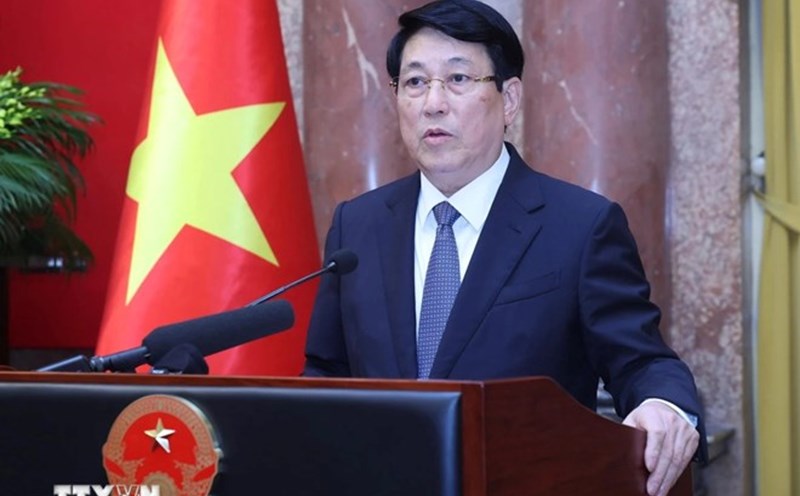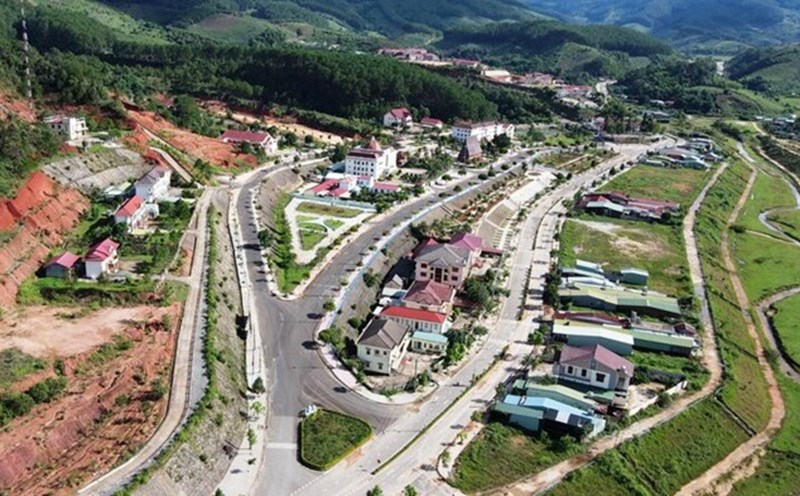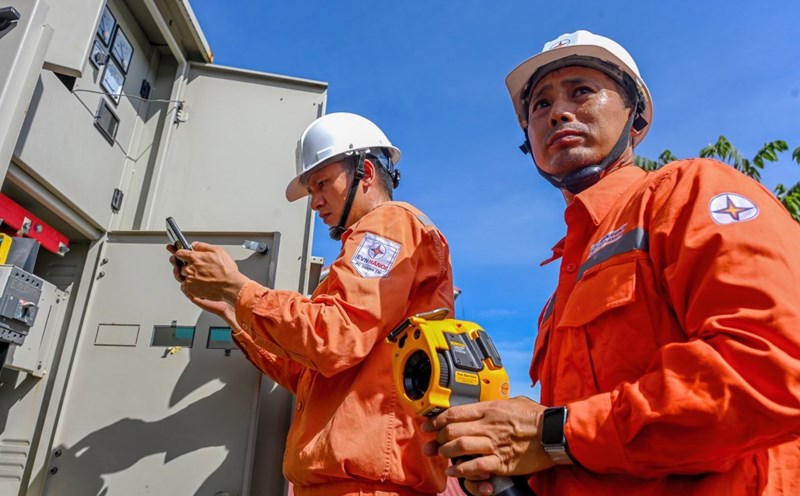One of the focuses of Resolution 71 is to innovate the Higher Education system. In the context of globalization and the 4.0 industrial revolution, developing higher education is not only a requirement but also a key factor to create a solid foundation for the future of the country.
The most recent goal of Resolution 71 is "Strive for at least 8 higher education institutions in the top 200 universities in Asia, at least 1 higher education institution in the top 100 universities in the world in some fields according to prestigious international rankings".
A report from the Ministry of Education and Training said that after nearly 40 years of renovation, the number of universities in Vietnam has increased 4 times, the number of full-time students admitted annually has increased more than 30 times. The rate of workers with a university degree or higher in 2024 will reach 13.65%, an increase of 2.5 times compared to 2009. In the period of 2009-2024, the number of scientific publications with the Scopus index increased by more than 12 times, bringing Vietnam's ranking from 65th to 45th in the world. In a recent report by the World Bank, the recovery rate for investment in higher education in Vietnam is estimated at approximately 15%, quite high compared to the common rate in the world.
These figures are encouraging, but for higher education to truly play a core role in developing highly qualified and talented human resources, promoting science, technology and innovation, improving labor productivity and national competitiveness, there are many bottlenecks that require changes from investment strategy, policy mechanisms to practical action.
According to educators, to rank highly, the prerequisite factor that Vietnamese universities need to focus on is developing the potential of science and technology. Universities must create teams of excellent lecturers and researchers who are capable of publishing cutting-edge and innovative scientific research. These studies not only serve academic purposes but also have to be linked to innovation activities and closely cooperate with businesses. In particular, improving the quality of training for highly qualified scientific and technical staff in fields such as STEM (science, technology, engineering and Mathematics) is extremely important, especially in the context of a shortage of high-quality human resources in these industries.
In addition, there is also the issue of caring for research facilities and environment, having investment and institutional policies, while improving international management and cooperation capacity.
Resolution 71 has provided very specific solutions to these problems. In particular, creating an autonomy mechanism for educational institutions to be proactive in training, research and governance, not only helping schools be financially autonomous but also creating a favorable environment to attract talent, thereby improving the quality of training and research. This can be considered a 10th or 100th certificate in higher education.
Along with that is the support of the State in the role of investment: In the budget expenditure for education and training reaching at least 20% of the total State budget expenditure, higher education is allocated at least 5% of the total State budget expenditure and higher education is allocated at least 3% of the total State budget expenditure.
Resolution 71 will continue to be institutionalized, but clearly, higher education is facing a great opportunity to make breakthroughs. Investing in higher education is investing in the national future - the key to improving labor productivity, transforming the economic structure and sustainable development.











